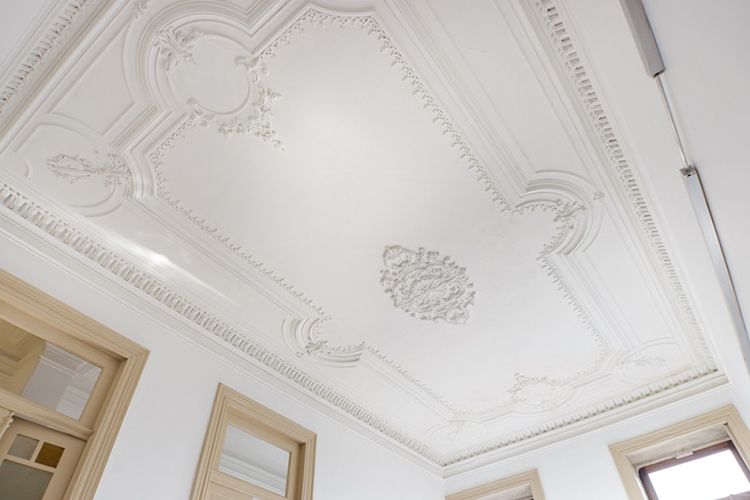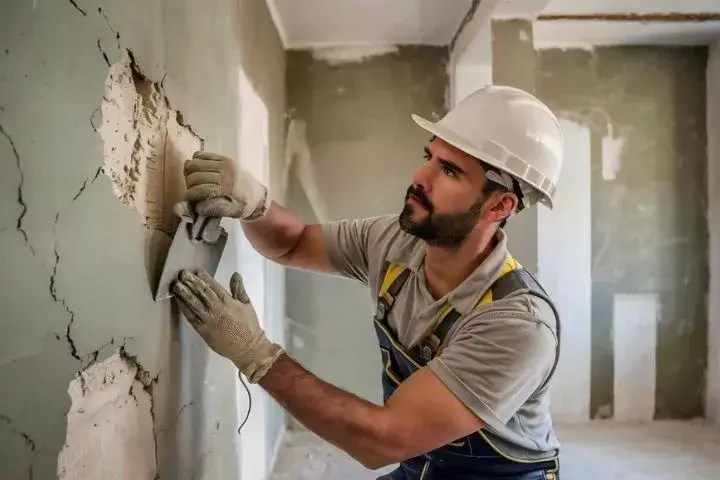Crucial Tools and Techniques for Professional Plastering in your home
Crucial Tools and Techniques for Professional Plastering in your home
Blog Article
A Comprehensive Overview to Mastering Plastering Abilities for Your Renovation Needs

Important Tools and Materials
In the realm of plastering, having the right tools and materials is critical to achieving a remarkable finish. Different vital tools serve distinct functions, ensuring efficiency and precision throughout the plastering process. A premium trowel, as an example, is vital for applying and smoothing plaster, while a hawk supplies a steady system for holding the product. A joint knife is additionally vital for in-depth work, particularly in sides and edges.
In enhancement to devices, selecting the best plastering materials is vital. Gypsum-based plasters are commonly preferred for their convenience and simplicity of use, while cement-based options are optimal for outside applications as a result of their resilience. Water and bonding representatives play substantial functions in accomplishing correct uniformity and adhesion, guaranteeing that the plaster adheres successfully to the surface.
In addition, protective gear such as goggles, handwear covers, and masks is vital to safeguard against dust and irritation throughout the application procedure. By assembling the ideal combination of tools and products, plasterers can enhance their skill set and generate top quality coatings, eventually boosting the total craftsmanship of their job.
Preparing Surface Areas for Smudging
Achieving a smooth and long lasting plaster surface begins with meticulous prep work of the surface areas to be glued. This foundational action is crucial to making sure attachment and the durability of the plaster. Start by evaluating the condition of the substratum-- whether it is drywall, masonry, or concrete-- getting rid of any loose paint, dust, or debris that may conflict with bonding.
Following, fix any blemishes such as openings or fractures. Use an ideal filler to achieve a degree surface area; this can be vital for avoiding future problems. Once fixed, make sure the surface is completely dry and clean, as wetness can compromise plaster adherence.
For permeable surfaces, it is a good idea to apply a bonding agent. This product boosts bond and produces a reputable interface in between the plaster and substrate. If collaborating with previously plastered surface areas, it may be essential to mess up or sand the area lightly to supply a secret for the new plaster layer.
Plastering Techniques and Tips
Understanding plastering strategies needs both skill and practice to achieve a remarkable surface. One crucial method is the application of the plaster in numerous slim layers, instead of a solitary thick coat. This technique allows for much better adhesion and reduces the danger of breaking. Start with a base coat, guaranteeing it is evenly spread out and leveled with a hawk and trowel. Use a straightedge to check for any type of blemishes before proceeding to succeeding layers.
When using the coating coat, employ a shoveling technique that includes holding the trowel at a small angle and operating in a circular movement. This aids to produce a smooth surface area and reduces the appearance of trowel marks. Furthermore, maintain a spray bottle of water helpful to mist the surface gently; this keeps the plaster convenient and enables smoother finishing.
Timing is essential; work successfully, as the plaster begins to establish. As soon as the plaster has actually firmed up but is still wet, use a damp sponge to gently smooth the surface area better. Last but not least, enable appropriate drying time prior to fining sand or painting, ensuring your difficult page work leads to a specialist, top quality coating.
Usual Mistakes to Avoid

Another common mistake is using plaster also heavily. Overzealous applications can cause breaking and extended drying out times. It's important to apply plaster in thin, also layers, permitting each coat to completely dry effectively prior to adding extra.
Additionally, not utilizing the right devices can hinder the top quality of the finish. Making use of unsuitable trowels or mixers can produce disparities in the plastering process. Always choose high-quality tools designed for smudging jobs.
Lastly, numerous people ignore the importance of timing. Operating in improper temperatures or humidity degrees can adversely affect plaster curing and drying out. It is a good idea to examine weather condition problems and adjust your timetable as necessary.
Finishing Touches for an Expert Look
The last stages of a gluing task are essential for attaining a refined, expert look. When the plaster has actually dried completely, the next action is to evaluate the surface for blemishes. Minor bumps, openings, or irregular areas see this ought to be addressed making use of great sandpaper or a sanding block. This careful focus to information is vital for guaranteeing a smooth surface.
After sanding, it's recommended to cleanse the surface area to remove any dirt and particles. A damp cloth works for this objective, adhered to by an extensive drying period. If necessary, using a slim layer of ending up plaster can improve the surface area better, supplying a smooth surface.
Once the ending up plaster is dry, one more round of sanding might be called for to attain the wanted level of smoothness. Ultimately, consider using a primer prior to painting or wallpapering, which will enhance attachment and toughness.
Final Thought
Grasping plastering abilities significantly boosts the quality of remodelling tasks. A thorough understanding of crucial devices, surface area preparation, and efficient techniques is critical for achieving specialist outcomes. Awareness of typical mistakes permits for the evasion of expensive errors, while attention to finishing touches guarantees a sleek appearance. Eventually, the assimilation of these elements adds to the creation of smooth, long lasting surfaces that boost the visual value of any type of room, emphasizing the importance of skilled plastering in home renovation ventures.
Water and bonding agents play significant functions in attaining appropriate uniformity and bond, making certain that the plaster sticks properly to the surface area. Plastering.


Additionally, keep a spray bottle of water useful to mist the surface gently; this maintains the plaster convenient and permits for smoother completing. (Plastering)
If necessary, applying a slim layer of like it ending up plaster can improve the surface additionally, giving a smooth finish.
Report this page